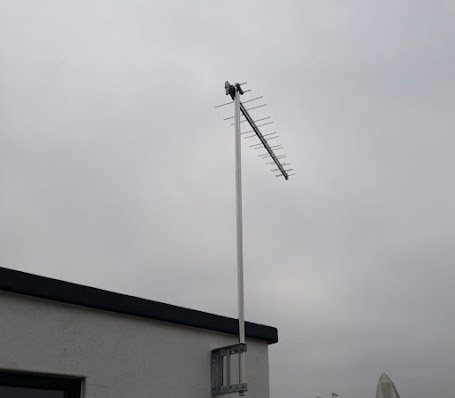4 Ways To Measure TV Aerial Or Satellite Signal Quality
When you hire a specialist for TV aerial or satellite installation in Hertfordshire, they always count on a variety of ways that help them to measure the signal quality. However, let us check out some of the most popular ways here in this quick guide:
1. Signal to noise ratio (S/N)
This measure the peak signal reading and the reading of the noise floor of the signal. It might not be the most excellent approach to measure the quality of the signal for the reason that it does not take into account noise within the signal.
2. Carrier to noise ratio (C/N)
It is an enhancement of the signal to noise ratio in that it measures the noise of the signal floor right away next to the signal being measured. As per the expert aerial fitters in London, this still does not measure the noise inside the signal but provides you with a better idea as to what this normally will be.
3. Modulation Error Ratio (MER)
This is by far the most excellent and paramount measurement for readability for digital TV signals. This looks into the signal and measures noise inside the collection. In effect, this is the C/M reading with the noise inside the signal even measured and taken into effect.
4. Bit Error Ratio (BER)
Eventually, it all comes down to the BER. According to a professional for TV aerial or satellite dish installation in London, there will always be errors in a digital signal. This is literally 0’s mixed up as 1’s and vice versa. The more information being compressed and carried inside a signal the more robust it needs to be.
If there are a lot of errors after error correction, the TV picture will start to ail, pixelate, and become blocky. Approach AV Infusion if you want to hire the expert aerial installers in London!



Comments
Post a Comment